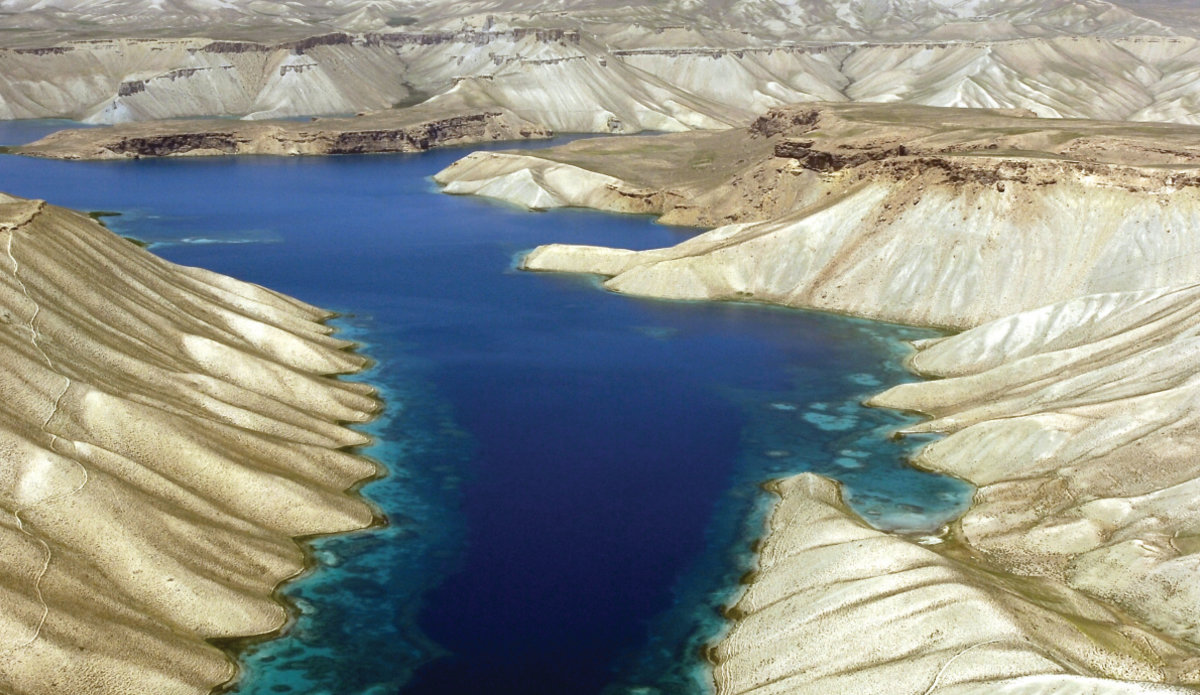Planning for Afghanistan’s resilience to a changing climate
KABUL - In June, Afghanistan’s National Environmental Protection Agency (NEPA) declared the Shah Foladi region of Bamyan province as the third protected area in the country. In 2009, NEPA declared Bamyan’s Band-e-Amir—an area containing six sky-blue lakes separated by natural dams—a national park. That was followed in 2014 by the declaration of another national park, Wakhan Corridor, which is widely appreciated for its landscapes and natural beauty.
The United Nations Environ-ment Programme (UNEP), in a joint statement with NEPA, said that the declaration of Shah Foladi as a protected area represents the latest positive move in a series of measures designed to build national understanding of environmental issues.
While the country’s varied vistas include mountains, lakes, deserts and woodlands, climate change, prolonged conflict, instability and population growth have had far-reaching impacts on the country’s natural environment.
Afghanistan is ranked as one of the countries most vulnerable to climate change, both because of the potential impact of climate change on the country, as well as its limited institutional capacity to plan for and respond to these impacts. The country is currently experiencing an increase in the number and intensity of droughts, along with frequent flooding and landslides.
In February this year, avalanches and floods caused hundreds of fatalities, destroyed homes and cut off villages. Environmental experts say that the increased flooding and landslide events, along with intense droughts, are directly correlated with climate change. “We have witnessed that droughts have affected rain-fed agriculture, which has a direct impact on the economy, as 85 per cent of Afghans are directly or indirectly connected to agriculture,” says Saeeda Gouhari, an official working in UNEP’s knowledge management department.
To cope with the challenges of climate change and its impact, UNEP and NEPA are implementing Afghanistan’s first climate-change-adaptation programme. The four-year project, which started in 2013, is designed to increase the resilience of especially vulnerable rural communities and build the capacity of national and local institutions to address climate-change risks, particularly those related to precipitation and temperature fluctuations.
The four-year project is being implemented in Kabul and the four provinces of Balkh, Bamyan, Daikundi and Badakhshan. In Kabul, the project is mainly focused on increasing the capacity of relevant government institutions for assessment, monitoring and forecasting climate change.
In the provinces, the project is designed to build community resilience to climate change through developing irrigated agriculture in Badakhshan; dryland agriculture in Balkh; watershed management in Bamyan; and hybrid urban-rural landscapes in Daikundi.
UNEP and NEPA officials have expressed hope that by implementing these projects across the country, the pilot projects will pave the way for more widespread environmentally friendly strategies and policies for the country as a whole.
 UN
UN







